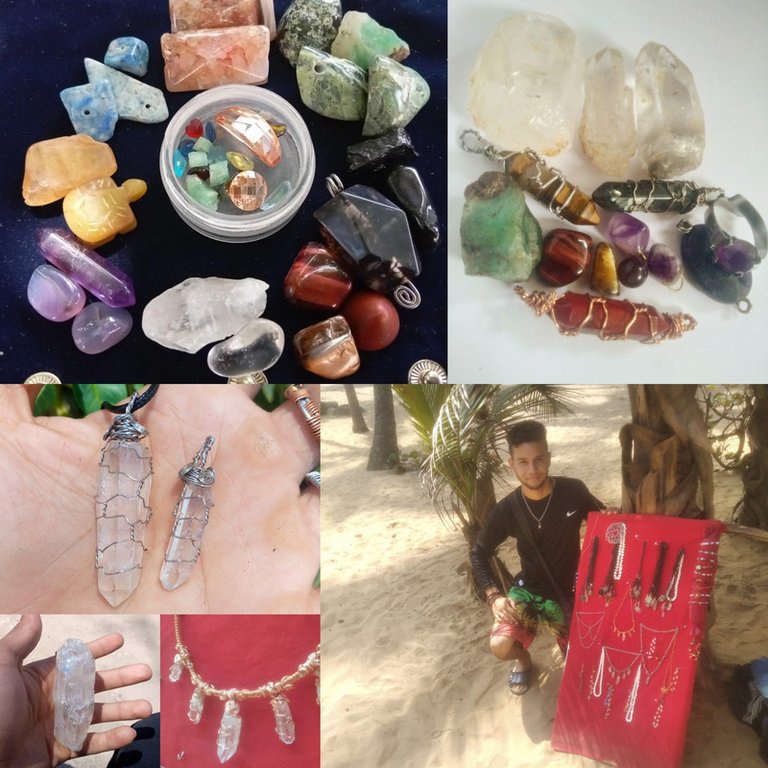
Welcome you all #Hive friends to my new post I hope you are very well, today I have been encouraged to show you some semiprecious stones and minerals that I own and my special collection! Besides that some pieces that I have made with them and my personal pieces that I always use!
Let's start with a brief description of what are some minerals and "Semi precious" stones.
QUE SON LAS PIEDRAS SEMIPRECIOSAS?
WHAT ARE SEMIPRECIOUS STONES?
Según TuDiamante.MX: Las piedras semipreciosas son minerales que provienen de la naturaleza, pero no forman parte de la familia de piedras preciosas conformada por diamantes, esmeraldas, rubíes y zafiros. Sin embargo, su pureza es grande y se pueden conseguir de gran tamaño.
Aunque las piedras semipreciosas no gozan de la misma fama y exclusividad que las preciosas, también son rocas maravillosas que llaman la atención en el mundo del arte y la joyería. Estos minerales pueden ser tallados para que formen parte de alguna pieza.
Existen por lo menos trescientas clases de piedras semipreciosas. Su costo y valor están asociados también a otros factores como la dureza, la belleza, la rareza y la perfección.
Ya dado el concepto de que son estos maravillosos minerales quiero explicar además que es la escala de mohs por a cuál también pueden llegar a clasificar algunos minerales!
According to TuDiamante.MX: Semiprecious stones are minerals that come from nature, but are not part of the family of precious stones made up of diamonds, emeralds, rubies and sapphires. However, their purity is high and they are available in large sizes.
Although semi-precious stones do not enjoy the same fame and exclusivity as precious stones, they are also wonderful rocks that attract attention in the world of art and jewelry. These minerals can be carved to be part of a piece.
There are at least three hundred kinds of semiprecious stones. Their cost and value are also associated with other factors such as hardness, beauty, rarity and perfection.
Having already given the concept of what these wonderful minerals are, I would also like to explain what is the mohs scale by which some minerals can also be classified!
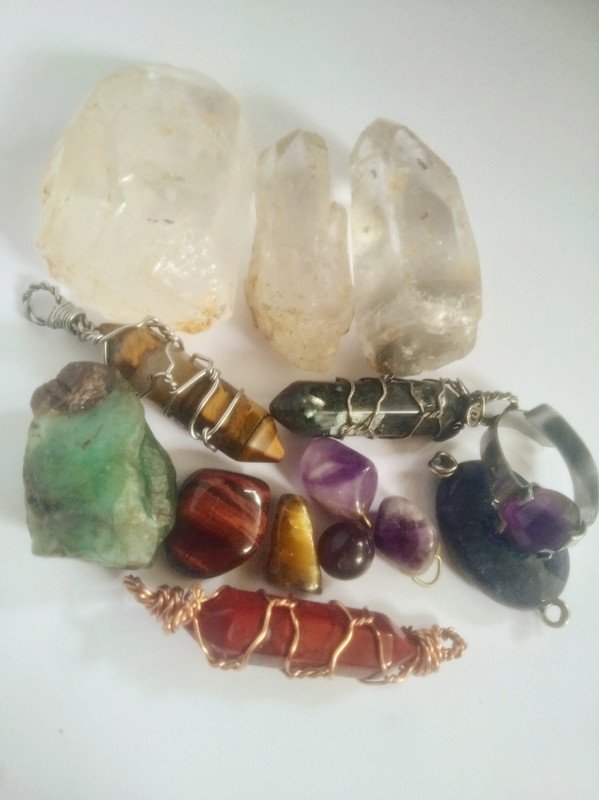
Que es la escala de Mohs
What is the Mohs scale?
Segun INTERELECTRONIC
La dureza Mohs es un método comparativo para medir la resistencia al rayado de un material.
La idea detrás de la escala de dureza Mohs es bastante simple. El material más duro raya el material más blando.
La escala de dureza de Mohs se basa en una escala de 1 a 10, siendo el diamante el material más duro con un valor máximo de 10. Los materiales se prueban entre sí, y si uno rayara al otro, le daría al material un valor más alto.
Por ejemplo, el yeso puede rayar el talco; por lo tanto, tiene un valor de Mohs más alto que el talco.
ENTENDIENDO LA DUREZA MOHS
UNA VISIÓN GENERAL
La ciencia de la mineralogía debe gran parte de su comprensión a varias escalas y mediciones que se han ideado a lo largo de los años. Una de esas escalas clave, que mide la dureza de los minerales, es la escala de dureza de Mohs. Para cualquier persona con una inclinación hacia la gemología, la geología o la mineralogía, esta escala ofrece una herramienta invaluable para diferenciar y categorizar los minerales. Profundicemos en la comprensión de la dureza de Mohs.
According to INTERELECTRONIC
Mohs hardness is a comparative method of measuring the scratch resistance of a material.
The idea behind the Mohs hardness scale is quite simple. The harder material scratches the softer material.
The Mohs hardness scale is based on a scale of 1 to 10, with diamond being the hardest material with a maximum value of 10. Materials are tested against each other, and if one would scratch the other, it would give the material a higher value.
For example, gypsum can scratch talc; therefore, it has a higher Mohs value than talc.
UNDERSTANDING MOHS HARDNESS
AN OVERVIEW: The science of mineralogy owes much of its understanding to various scales and measurements that have been devised over the years. One of those key scales, which measures the hardness of minerals, is the Mohs hardness scale. For anyone with a penchant for gemology, geology or mineralogy, this scale offers an invaluable tool for differentiating and categorizing minerals. Let's delve deeper into understanding Mohs hardness.
PIEDRAS SEMIPRECIOSAS Y MINERALES DE MI COLECCIÓN
SEMIPRECIOUS STONES AND MINERALS FROM MY COLLECTION
El Cuarzo Cristal
The Crystal Quartz
Nombre Científico Óxido de Sílice, otro nombre común es Cristal de Roca, es el mineral mas común de la cortesa terrestre tiene múltiples variables.
Scientific Name Silica Oxide, another common name is Rock Crystal, it is the most common mineral in the earth's crust, it has multiple variables.
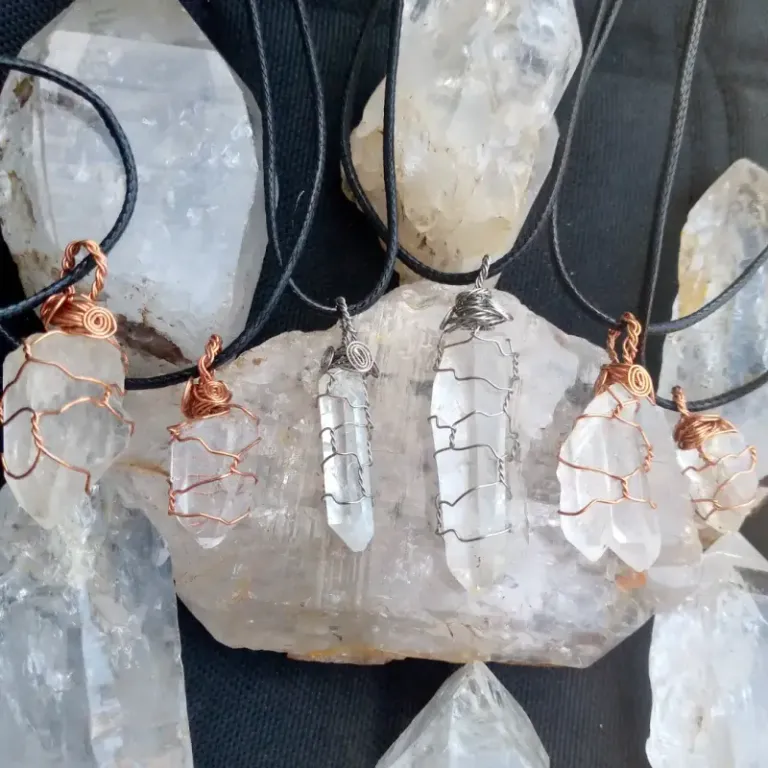
ALGUNAS DE MIS PIEZAS DE CUARZO CRISTAL
SOME OF MY CRYSTAL QUARTZ PIECES
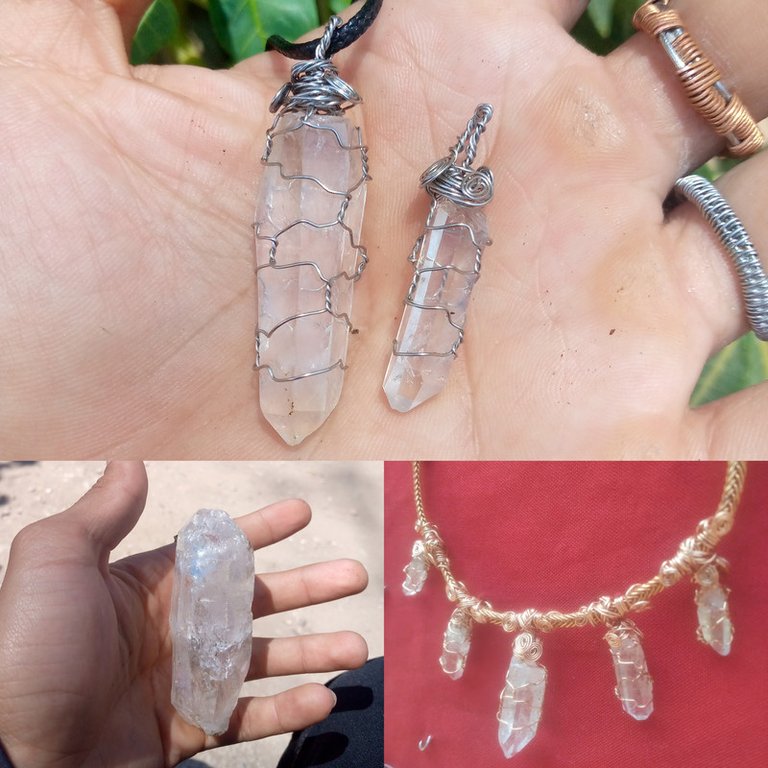
Cuarzo Citrino
Citrine Quartz

Según Wikipedia
El citrino es una gema de la familia del cuarzo de color amarillo, que como todos los tipos de cuarzo, tiene una dureza de 7 en la escala de Mohs. El nombre proviene del francés citron "limón". Su color puede variar del amarillo pálido al anaranjado. El color amarillo se debe al hierro (Fe3+) que actúa como cromóforo. En el siglo xvi fue clasificada dentro de la familia de los cuarzos.
According toWikipedia Citrine is a yellow colored gemstone of the quartz family, which like all types of quartz, has a hardness of 7 on the Mohs scale. The name comes from the French citron "lemon". Its color can vary from pale yellow to orange. The yellow color is due to the iron (Fe3+) that acts as a chromophore. In the 16th century it was classified in the quartz family.
Algunas piezas de Citrino
Some pieces of Citrine

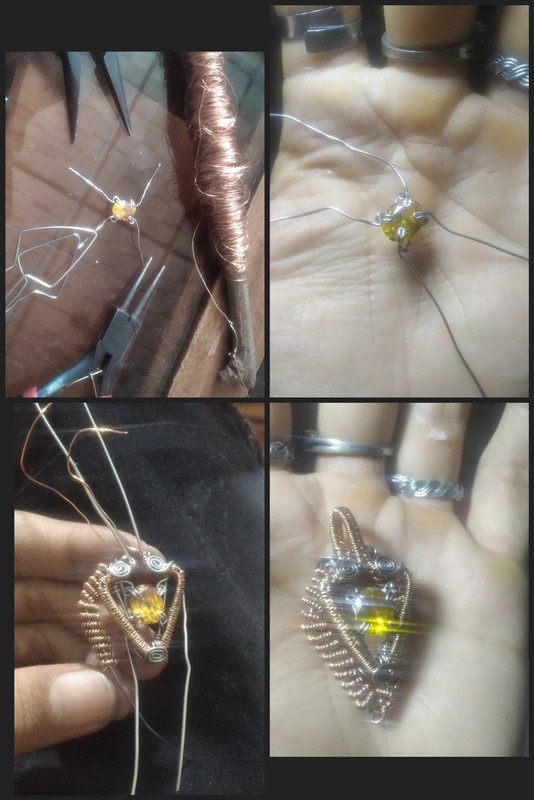
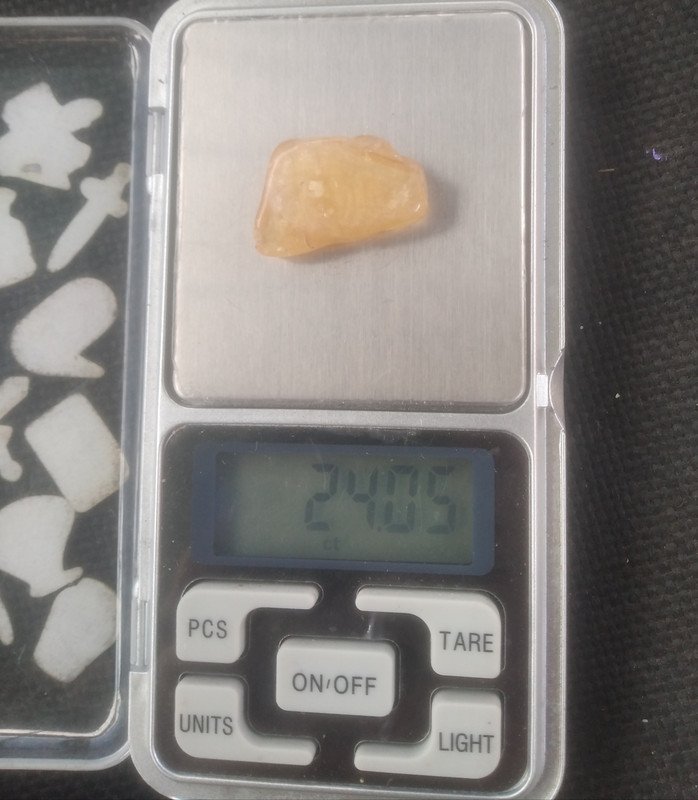
Cuarzo amatista
Amethyst quartz
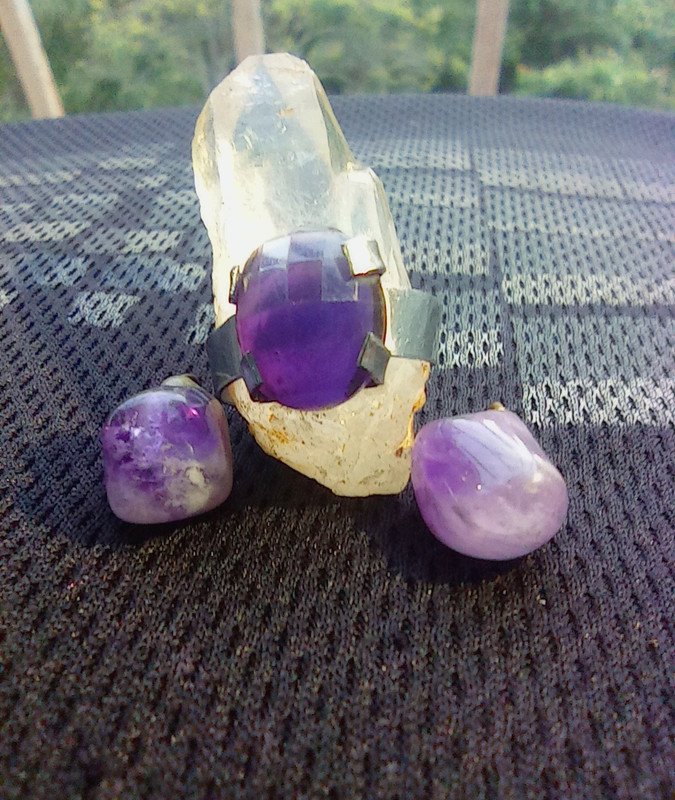
Según Wikipedia
La amatista es una variedad macrocristalina violeta del cuarzo. El color puede ser más o menos intenso, según la cantidad de hierro (Fe+3) que contenga. Puede presentarse coloreada por zonas con cuarzo transparente o amarillo. Las puntas suelen ser más oscuras o degradarse hasta el cuarzo incoloro.
According to Wikipedia
Amethyst is a violet macrocrystalline variety of quartz. The color can be more or less intense, depending on the amount of iron (Fe+3) it contains. It can be colored in areas with transparent or yellow quartz. The tips are usually darker or degrade to colorless quartz.
Cuarzo Ametrino
Ametrine Quartz
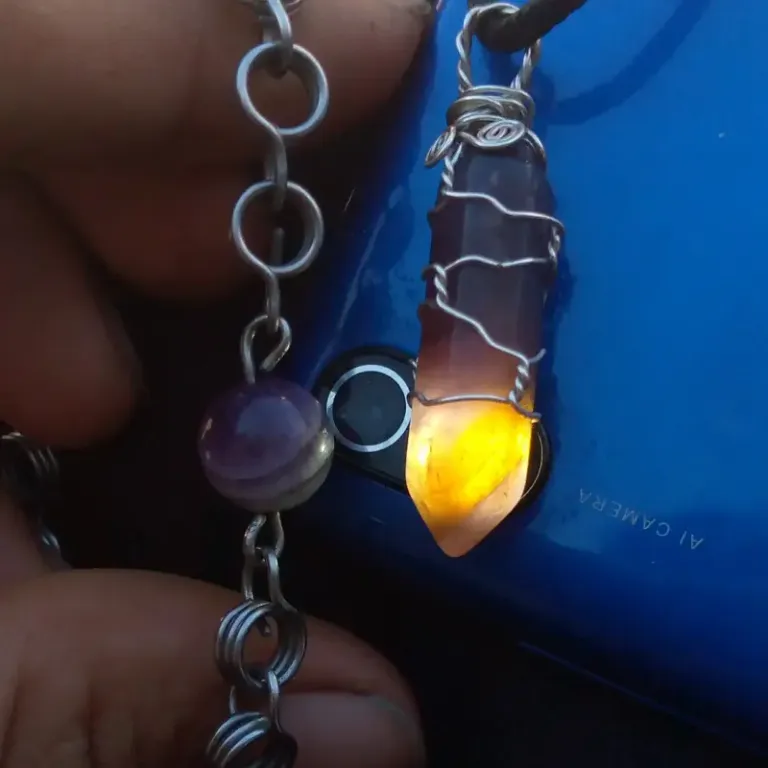
Según Wikipedia: El ametrino, también llamado bolivianita, anahíta o ayoreíta, es una gema, variedad de cuarzo, formada por la asociación de zonas con el color de la amatista y zonas con el color del citrino. El nombre, que ha quedado en la literatura científica y comercial internacional, es la combinación de ametista (palabra portuguesa para amatista, ya que inicialmente se comercializó en Brasil) y citrino.
According to Wikipedia: Ametrine, also called bolivianite, anahite or ayoreite, is a gem, a variety of quartz, formed by the association of areas with the color of amethyst and areas with the color of citrine. The name, which has remained in the international scientific and commercial literature, is the combination of amethyst (Portuguese word for amethyst, as it was initially marketed in Brazil) and citrine.
El Peridoto
The Peridot

Según Wikipedia:
El peridoto es una variante de forsterita perteneciente al grupo de los olivinos con calidad de gema. Tiene una gran cantidad de magnesio en su estructura y posee un brillo vítreo. Su composición química es Mg2SiO4.[1] Es una de las gemas "idiocromáticas", es decir que su color viene de la composición química básica del mismo mineral, y no de impurezas, y por lo tanto se encuentra solo en tonos verdes, es una de las pocas piedras preciosas con esta característica.
According to Wikipedia:
Peridot is a variant of forsterite belonging to the gem-quality olivine group. It has a large amount of magnesium in its structure and has a glassy luster. Its chemical composition is Mg2SiO4. It is one of the "idiochromatic" gems, that is to say that its color comes from the basic chemical composition of the mineral itself, and not from impurities, and therefore it is found only in green tones, it is one of the few gemstones with this characteristic.
Algunas piezas de peridoto
Some pieces of peridot

Ópalo Andino
Andean Opal
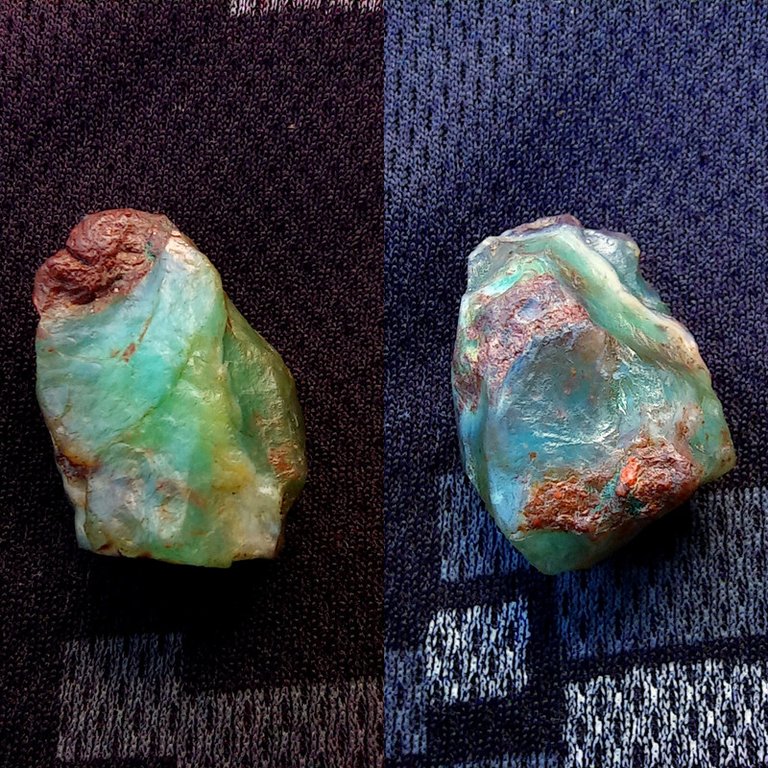
Según minerales y piedras preciosas.net
El ópalo azul, también conocido como ópalo peruano u ópalo andino, es una gema bastante rara ya que sólo es posible encontrarla en la cordillera de los Andes. Es a piedra nacional del Perú.
El ópalo peruano es una roca sedimentaria formada a baja temperatura a partir de una roca ígnea con alto contenido en sílice. Está compuesto, básicamente, por oxígeno, silicio e hidrógeno. Aunque su composición química exacta suele ser bastante aleatoria y son frecuentes las variaciones con otros elementos químicos.
According to minerals & gemstones.net
Blue opal, also known as Peruvian opal or Andean opal, is a fairly rare gemstone as it is only possible to find it in the Andes Mountains. It is the national stone of Peru.
Peruvian opal is a sedimentary rock formed at low temperature from an igneous rock with high silica content. It is basically composed of oxygen, silicon and hydrogen. Although its exact chemical composition tends to be quite random and variations with other chemical elements are frequent.
mics are frequent.
El Ojo de Tigre y El ojo de Buey
The Eye of the Tiger and the Bull's Eye
.
SegúnWikipedia: El ojo de tigre es una mezcla de minerales de colores pardos y amarillentos. Está compuesto por cuarzo, como componente principal, limonita y riebeckita. El cuarzo adopta la estructura fibrosa por pseudomorfismo (sustitución conservando la forma) de crocidolita, variedad azul y fibrosa de la riebeckita.
El mineral llamado "ojo de Buey" es una variedad del Ojo de Tigre que ocurre por un aumento de la temperatura ambiental por encima de los 70 °C. Es posible crear falsamente ojos de buey calentando un ojo de tigre con un simple mechero.
According toWikipedia:Tiger's eye is a mixture of brownish and yellowish colored minerals. It is composed of quartz, as the main component, limonite and rhybeckite.[1] The quartz adopts the fibrous structure by pseudomorphism (substitution while retaining the shape) of crocidolite, a blue and fibrous variety of rhybeckite.
The mineral called "bull's eye" is a variety of tiger's eye that occurs by an increase of the ambient temperature above 70 °C. It is possible to falsely create bull's-eye by heating a tiger's eye with a simple
lighter.
Algunas piezas de ojo de Tigre
Some Tiger Eye Pieces
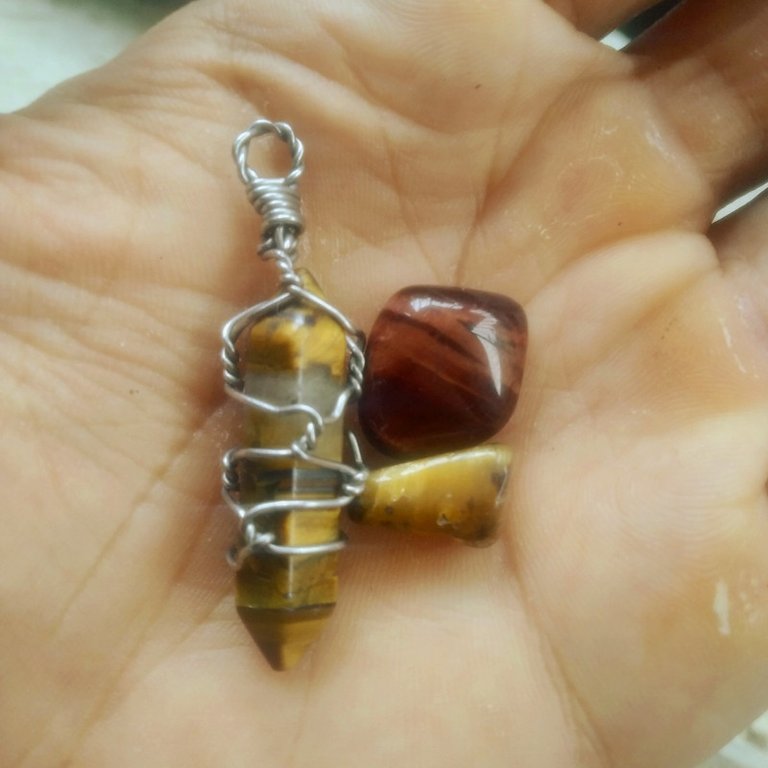
Jaspe Rojo
Jaste red

Segun Wikipedia: El jaspe es un mineral de origen sedimentario. Posee una superficie suave y se utiliza para ornamentación o como gema. Se puede pulir y utilizar en floreros, sellos y, tiempo atrás, se la utilizó para cajas de tabaco. Los colores son rojos o violáceos, grises a negros, a veces verdes, amarillos, pardos, en ocasiones combinados.
According to Wikipedia: Jasper is a mineral of sedimentary origin. It has a smooth surface and is used for ornamentation or as a gemstone. It can be polished and used in vases, stamps and, in the past, it was used for tobacco boxes. The colors are red or violet, gray to black, sometimes green, yellow, brownish, sometimes combined.
Labradorita Alas de mosca
Labradorite Fly wings

Segun Wikipedia: La labradorita o espectrolita es un mineral del grupo de los silicatos, subgrupo tectosilicatos y dentro de ellas pertenece a los feldespatos denominados plagioclasas.
According to Wikipedia: Labradorite or spectrolite is a mineral of the silicate group, subgroup tectosilicates and within them belongs to the feldspars called plagioclases.
Aún faltan muchas cosas por mostrar, Muchas gracias por tu atención!
There are still many things to show, Thank you very much for your attention!


Muchas gracias por leer mi blog seguiré mejorando mi calidad de contenido!!
Thank you very much for reading my blog I will continue to improve my quality of content!!!

Traductor, Deepl Translator
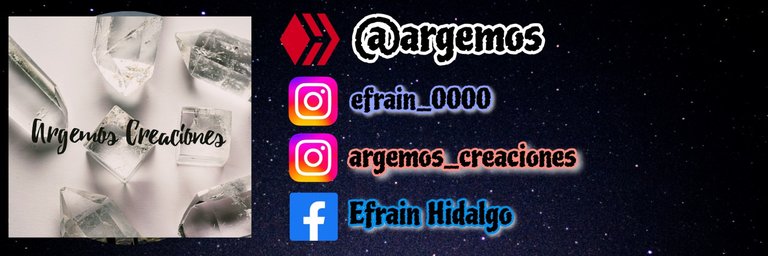
Instagram: argemos_creaciones
Congratulations @argemos! You have completed the following achievement on the Hive blockchain And have been rewarded with New badge(s)
Your next target is to reach 200 upvotes.
You can view your badges on your board and compare yourself to others in the Ranking
If you no longer want to receive notifications, reply to this comment with the word
STOPTo support your work, I also upvoted your post!
Thank you very much, let's go for more! ✨💎
Awesome job @argemos! Keep pushing yourself and you'll reach your Hive goals before you know it.
BTW, our funding proposal needs your support to continue bringing badges and entertainment to Hive. Please consider supporting it.
All you need to do is to click on the "support" button on this page: https://peakd.com/proposals/248.
Thank you!